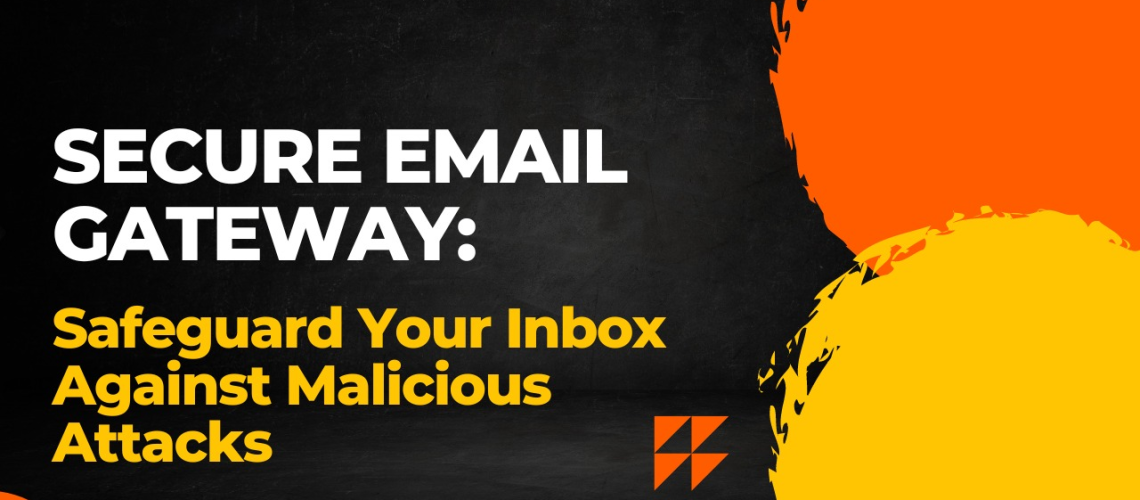In an age of digital communication, email remains an important medium for personal and professional correspondence. But while email is convenient it comes with the ever-present threat of malicious attacks. Cybercriminals are constantly developing sophisticated ways to exploit vulnerabilities and compromise sensitive information. In order to strengthen your email security, organizations and individuals alike are turning to one of the most important aspects of cybersecurity – a secure email gateway.
Understanding the Threat Landscape:
Malicious email attacks come in many forms, including phishing, ransomware, malware, and social engineering. These threats are designed to deceive recipients, access unauthorized systems, steal sensitive information, or disrupt operations. Understanding how these attacks are evolving is the first step in implementing an effective security strategy.
The role of a secure email gateway:
Secure email gateways act as a filter between the email server and the recipient’s inbox, scrutinizing incoming emails for possible threats. Its primary purpose is to detect and prevent malicious content before it reaches the user. Here are the main features and benefits.
Enhanced Risk Identification:
SEG uses advanced threat detection techniques including machine learning, heuristics and signature-based detection to identify known and emerging threats. Real-time analysis of email content, attachments, and links helps identify patterns and bad practices.
Also Read: Top Cybersecurity Trends 2024 You Need to Know
Spam filtering:
By filtering out spam and unwanted emails, SEG reduces clutter in the inbox, allowing users to focus on quality communication.
Spam filtering also plays a role in preventing phishing attacks as well, since many phishing attempts come from spam emails.

URL and link security:
SEG scans and analyzes URLs and links in emails to identify potential phishing or malicious websites.
It blocks access to suspicious links, and protects users from visiting harmful websites that could inadvertently compromise their security.
Data Loss Prevention (DLP):
DLP Data Loss Prevention features in SEG help prevent unauthorized sharing of sensitive information. It analyzes incoming emails for confidential data and enforces data leakage prevention policies.
Encryption and Authentication:
SEG supports email encryption to protect message content, and ensures that information remains private even when blocked.
Authentication techniques, such as DMARC (Domain-based Message Authentication, Reporting, and Conformance) help prevent email spoofing and phishing attacks.
Best practices to implement:
For a secure email gateway to work properly, consider the following best practices.
Regular updates and patching:
Update the SEG system with the latest security patches to address vulnerabilities and ensure optimal security.
Staff Training:
Educate users on email security best practices, including detecting phishing attempts, verifying sender authenticity and avoiding suspicious link clicks.
Multiple layers of protection:
Integrate SEG with other security mechanisms such as endpoint security and network security to create a multi-layered defense against a variety of cyber threats.
Conclusion:
With email being the cornerstone of communication, the importance of protecting this channel cannot be overstated. Secure email gateways are an integral part of a comprehensive cyber security system, providing robust protection against malicious email attacks. By implementing advanced threat detection, spam filtering and encryption, organizations and individuals can protect their sensitive information and maintain a secure digital communications environment Investing in secure email gateways in is an investment in your digital infrastructure’s resilience against the ever-evolving landscape of cyber threats. Contact us at Green Edge Computers to know more.



